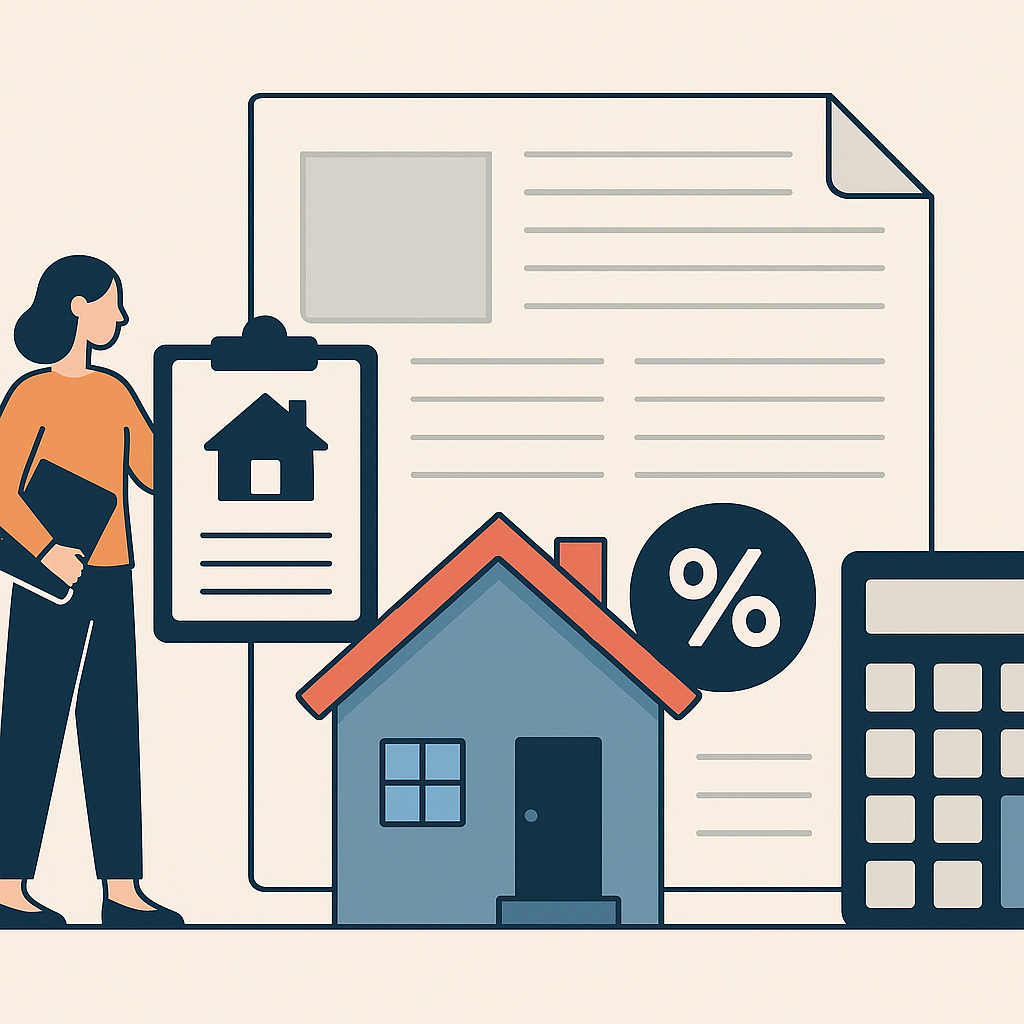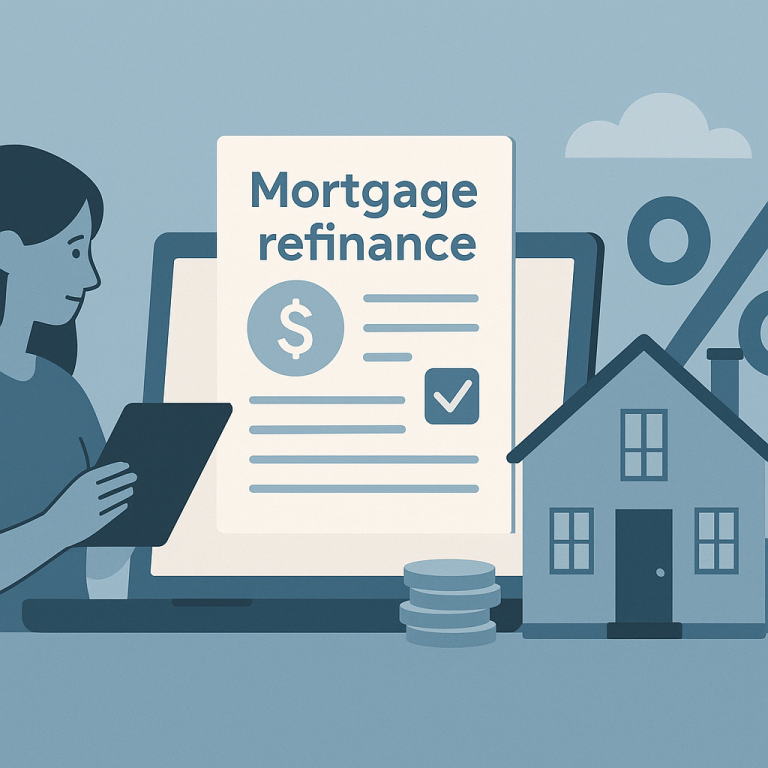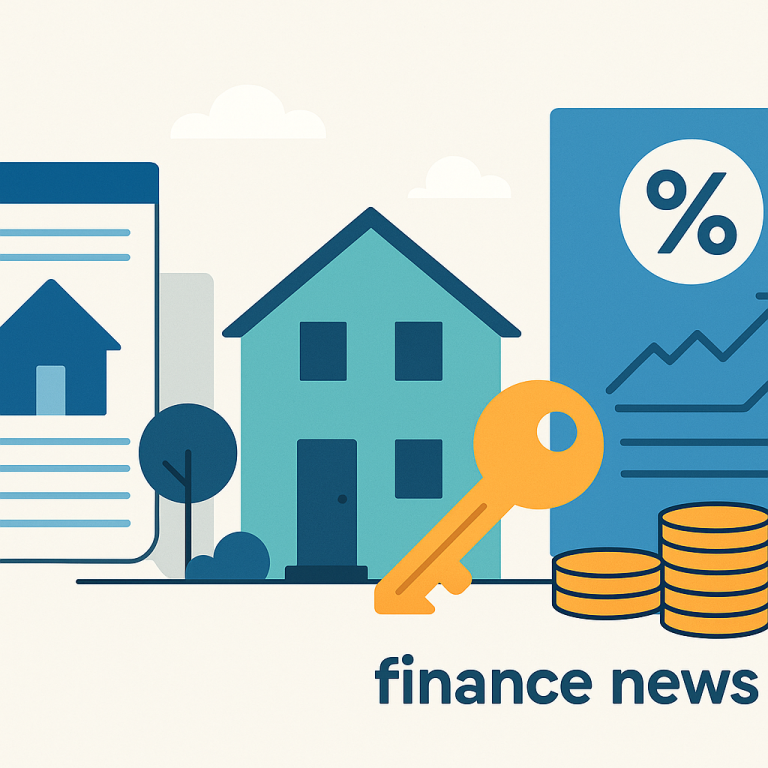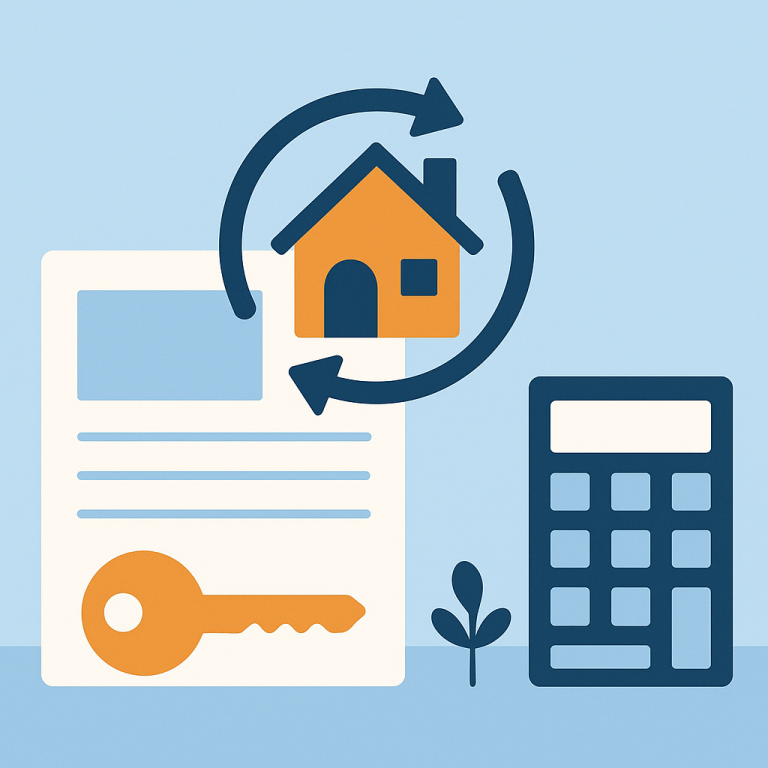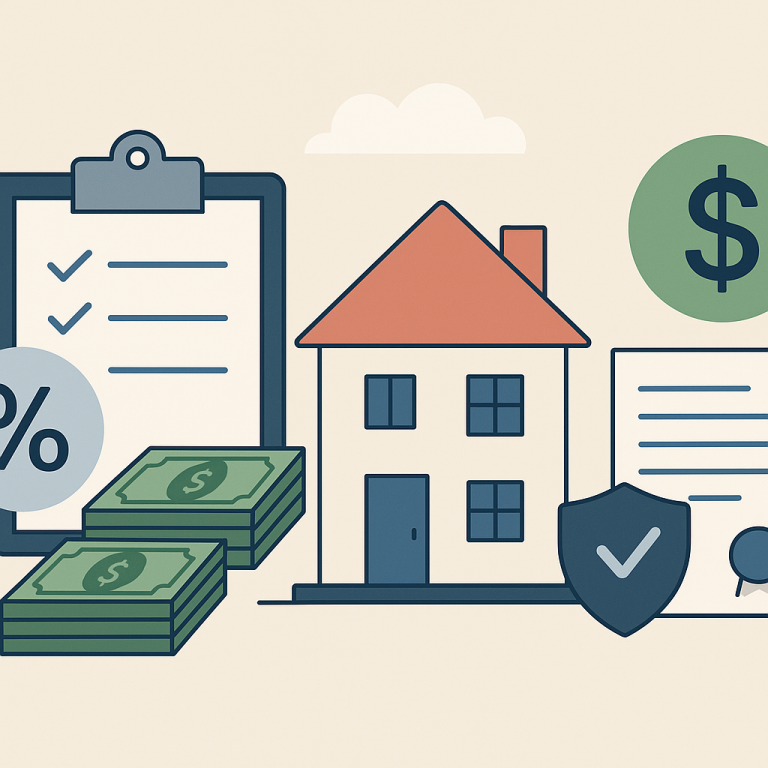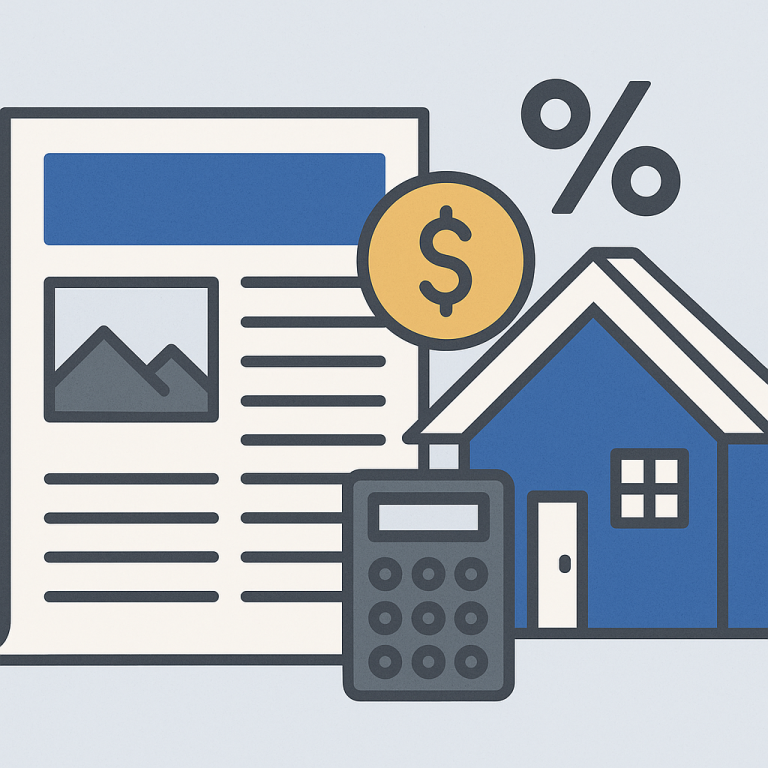Major Lenders Cut Refinance Fees, Lower Closing Costs For Homeowners
Refinancing Interest Rises as Rates Stabilize; Homeowners Urged to Weigh Break‑Even
Mortgage refinancing activity has edged higher as interest rates have shown signs of stabilization after a period of volatility. Lenders and market observers report a modest uptick in inquiries and applications, driven primarily by homeowners reassessing their debt costs and loan terms amid a more predictable rate environment.
Industry sources say the recent stall in upward pressure on benchmark yields has made some borrowers revisit refinancing options they deferred earlier. At the same time, lenders are adjusting pricing and incentives to compete for qualified borrowers, creating windows where refinancing can produce meaningful monthly savings for certain homeowners — particularly those who locked an older loan with a notably higher rate.
Key dynamics shaping the refinancing landscape
- Rate stability narrows decision-making uncertainty: When rates stop swinging widely, more homeowners can model outcomes with confidence, which tends to boost application volumes.
- Lender pricing and spread competition: Competition among lenders can compress spreads and generate promotional pricing for borrowers with strong credit and sufficient equity.
- Closing costs and loan-term trade-offs: Even with lower monthly payments, closing costs and the decision to extend or shorten the loan term remain decisive factors in whether a refinance makes financial sense.
- Cash-out demand versus balance consolidation: Some requests are for cash-out refinances to fund home improvements or consolidate higher-cost debt, while others aim strictly to reduce rate and monthly payment.
While the environment is more favorable for refinancing than during sharper rate moves, experts caution that benefits are not uniform. The net advantage of refinancing depends on loan size, remaining term, closing costs, and each homeowner’s plans for the property. Borrowers with limited time horizon in their home ownership or those who anticipate moving soon may find the break-even period outweighs potential savings.
Homeowner takeaways
- Calculate the break‑even point: Compare total expected closing costs to monthly savings to estimate how long it will take to recoup upfront expenses. If you plan to move before that point, refinancing may not be worthwhile.
- Run multiple scenarios: Model both a like‑for‑like refinance and a shorter-term refinance to see differences in total interest paid and monthly cash flow.
- Factor in closing costs and fees: Ask lenders for a full estimate of origination fees, appraisal costs and other charges; consider no‑closing‑cost options cautiously, as they often shift costs into a higher rate.
- Check equity and credit profile: Sufficient home equity and a strong credit profile typically secure better terms; correcting credit report issues before applying can improve offers.
- Be cautious with cash‑out loans: Use proceeds for investments that clearly justify borrowing more against the home; avoid layering high‑interest unsecured debt onto a mortgage unless the math is compelling.
- Time your rate lock: With modest market movement, a short lock period may reduce the chance of rate drift, but weigh lock fees and the time lenders need to close the loan.
Refinancing can remain a valuable tool for many homeowners when executed with clear financial modeling and attention to costs. As markets continue to assess economic signals, borrowers who do the homework and compare multiple lender offers are best positioned to convert the current period of relative rate stability into durable savings.
META: article-type=refinancing;angle=rate-stability-and-break-even;wordcount-approx=570

